Meteor Shower in August 2023: From Blue Moon to Meteor Showers – The Sky’s Shimmering Surprises!

Meteor Shower in August 2023: From Blue Moon to Meteor Showers – The Sky’s Shimmering Surprises!
There will be two full moons in August, both supermoons, making this month’s sky particularly interesting. A meteor shower is also something to look forward to.
There will be four supermoons this year, which is quite unusual. The “Sturgeon Moon,” the second in the series, will occur on August 1. Another supermoon, dubbed the “Blue Moon,” will appear after the month.

The Perseids meteor shower will again occur between July 14 and September 1, with the most excellent viewing on August 12–13. Also prominently visible on August 27 will be Saturn, the second-largest planet in our solar system and is known for its 83 moons and famous rings.
In truth, we are colliding with meteor showers, which appear to be showering down on us. Every year, Earth travels through the debris field of the comet Swift-Tuttle, resulting in the appearance of the Perseid meteor shower.
These meteors are minute dust and debris falling from the comet’s tail as it travels around the sun. Thankfully, they seldom reach the surface of the Earth and, instead, burn up in our atmosphere.
The Perseids are a favourite among meteor showers because they peak in the northern hemisphere’s warm summer nights, making them easier to see.
The particles, many of which are as tiny as a grain of sand or a pea, race through the sky at a startling speed of 132,000 miles per hour before dissolving high in our atmosphere. According to NASA, the Perseid meteor shower is famous for its more extended and powerful bursts of light and colour.
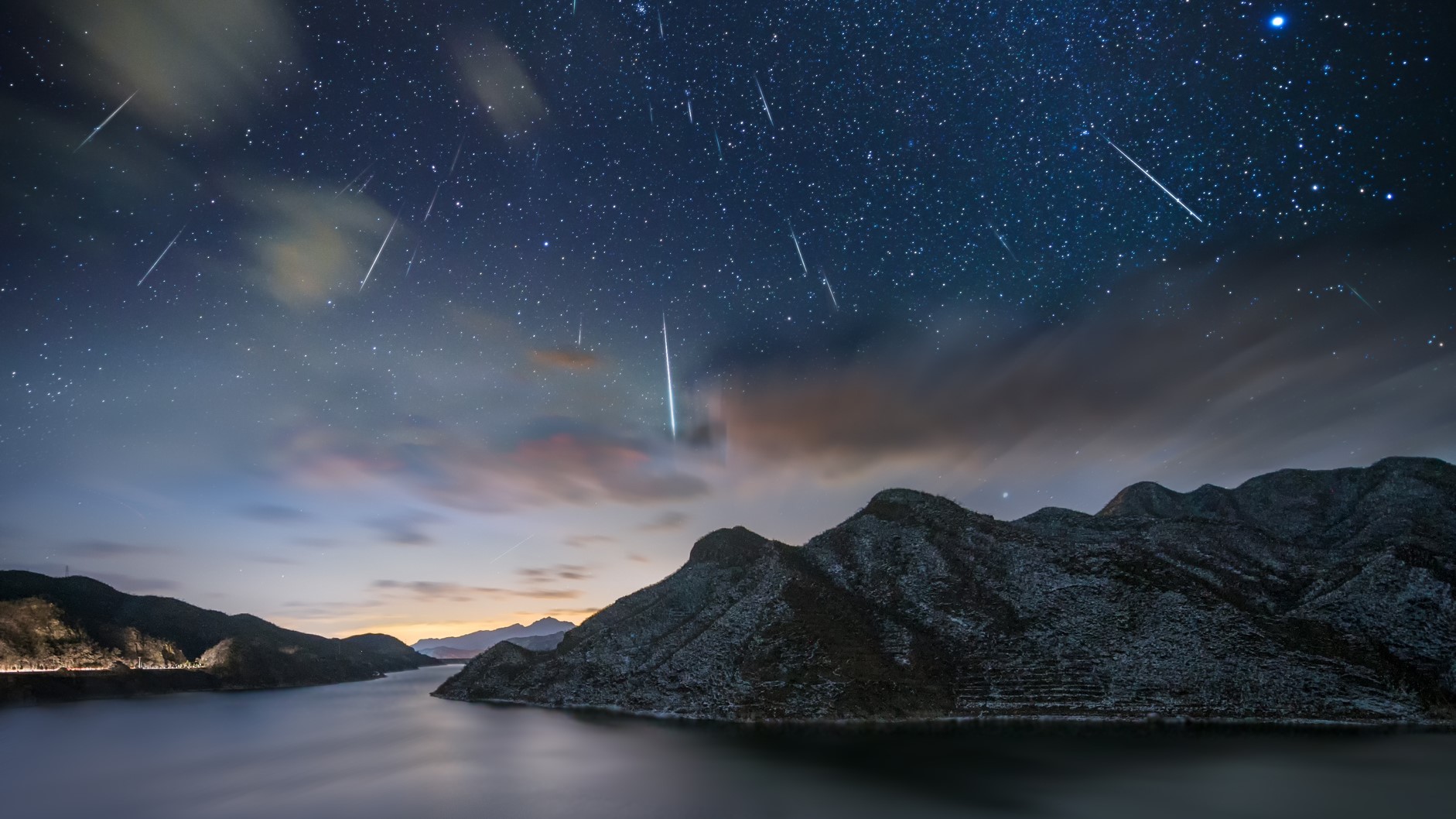
Based on the constellation they appear to come from, meteor showers are given names. To spot the Perseids, focus on the northeastern sky and search for the Perseus constellation. It is situated to the left of the Pleiades, also known as the constellation of the Seven Sisters.
Although the Perseids will be visible until September 1, the best evenings to do so will be August 12 and 13. According to the American Meteor Society, the meteor shower will peak around this time and yield 50 to 75 meters per hour from rural regions. On some evenings, the moon will only be 10% full, providing stargazers with a gorgeously black sky against which to observe the universe.
On Tuesday, August 1, the Sturgeon Moon, the first full moon, will peak at 2:32 p.m. Don’t worry if you miss the rise; on August 2, it will still appear full.
On Wednesday, August 30, the second full moon will occur, popularly known as a blue moon. It will peak at 9:36 p.m. It will seem complete the day before and the day after its peak.
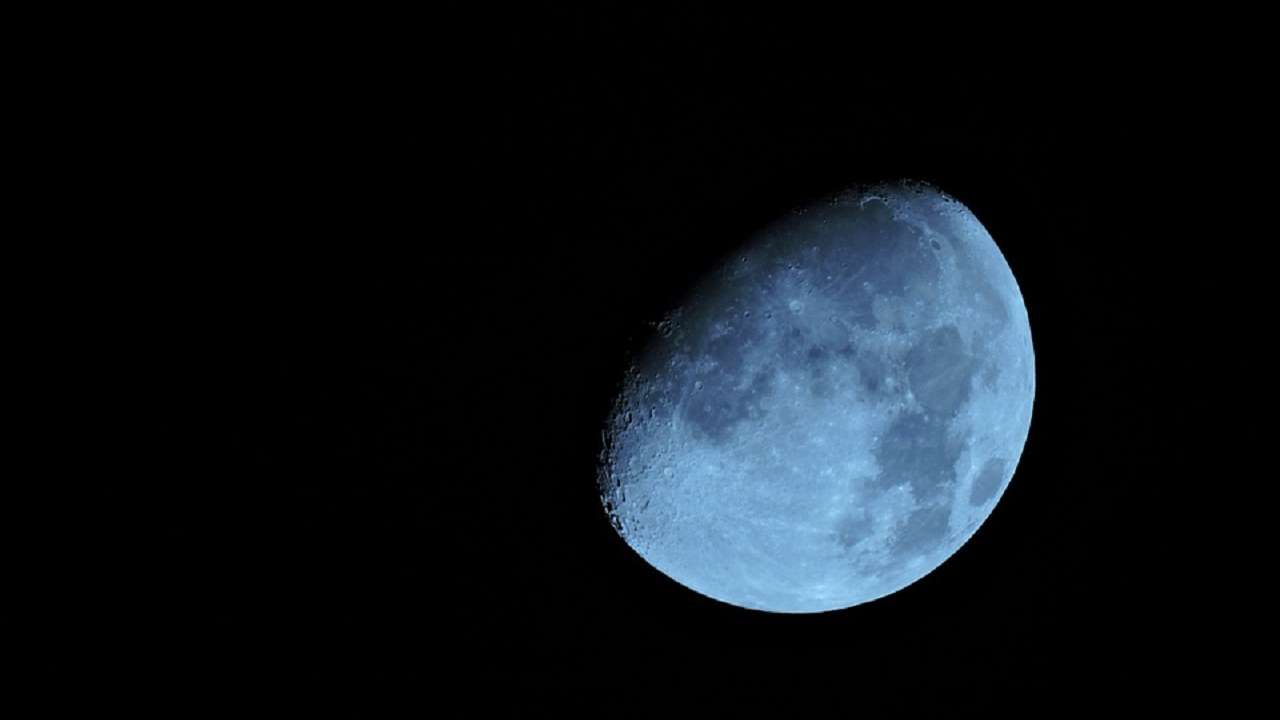
In 2023, we will witness a particular blue moon, a supermoon. This full moon will be the largest of the year and will be the closest one to Earth as well.
Full Moon: When the moon is fully lit when viewed from Earth, it is said to be complete. When this occurs, we can see the moon’s finished surface since it is on the opposite side of the Earth from the sun. Every 29.5 days, there is a full moon, which signifies the end of a lunar cycle. These astronomical occurrences have captured people’s attention throughout history and are frequently linked to numerous cultural beliefs and folklore.
Supermoon: A full moon that seems bigger and brighter than expected in the night sky is called a supermoon. We observe optical illusions because the moon’s path around the Earth is not a perfect circle. Instead, it follows an elliptical shape. A full moon looks 14% bigger and 30% brighter than usual when it occurs at its perigee or closest point to Earth. Supermoons may produce breathtaking and mind-blowing sights, drawing a lot of astronomers and photographers.
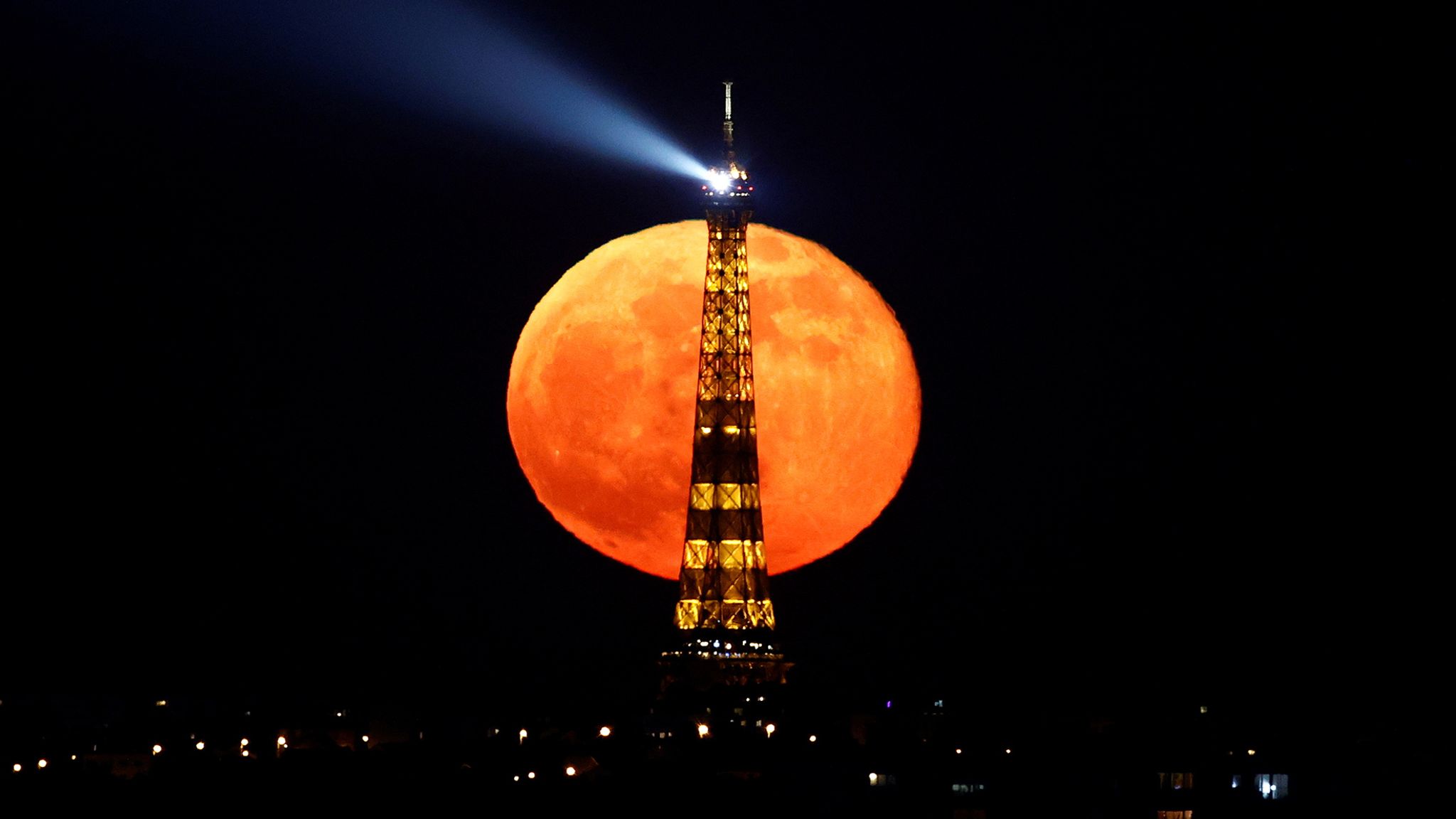
The August full moon is referred to as the “sturgeon moon,” according to legend. Native American origins may be seen in this term, which also refers to the profusion of sturgeon fish that can be seen at this time of year in several North American waterways. Every full moon has a different name in every culture, frequently related to seasonal changes, agricultural practices, or natural occurrences that are visible during that time.
An extra full moon within a month is known as a “Blue Moon.” Although there is often just one full moon every month, this can occasionally happen. The second full moon within these circumstances is known as the Blue Moon. Despite its name, a Blue Moon is a calendrical phenomenon; it does not seem blue. An intriguing and relatively uncommon lunar event, blue moons are comparatively irregular, occurring just about once every two to three years.
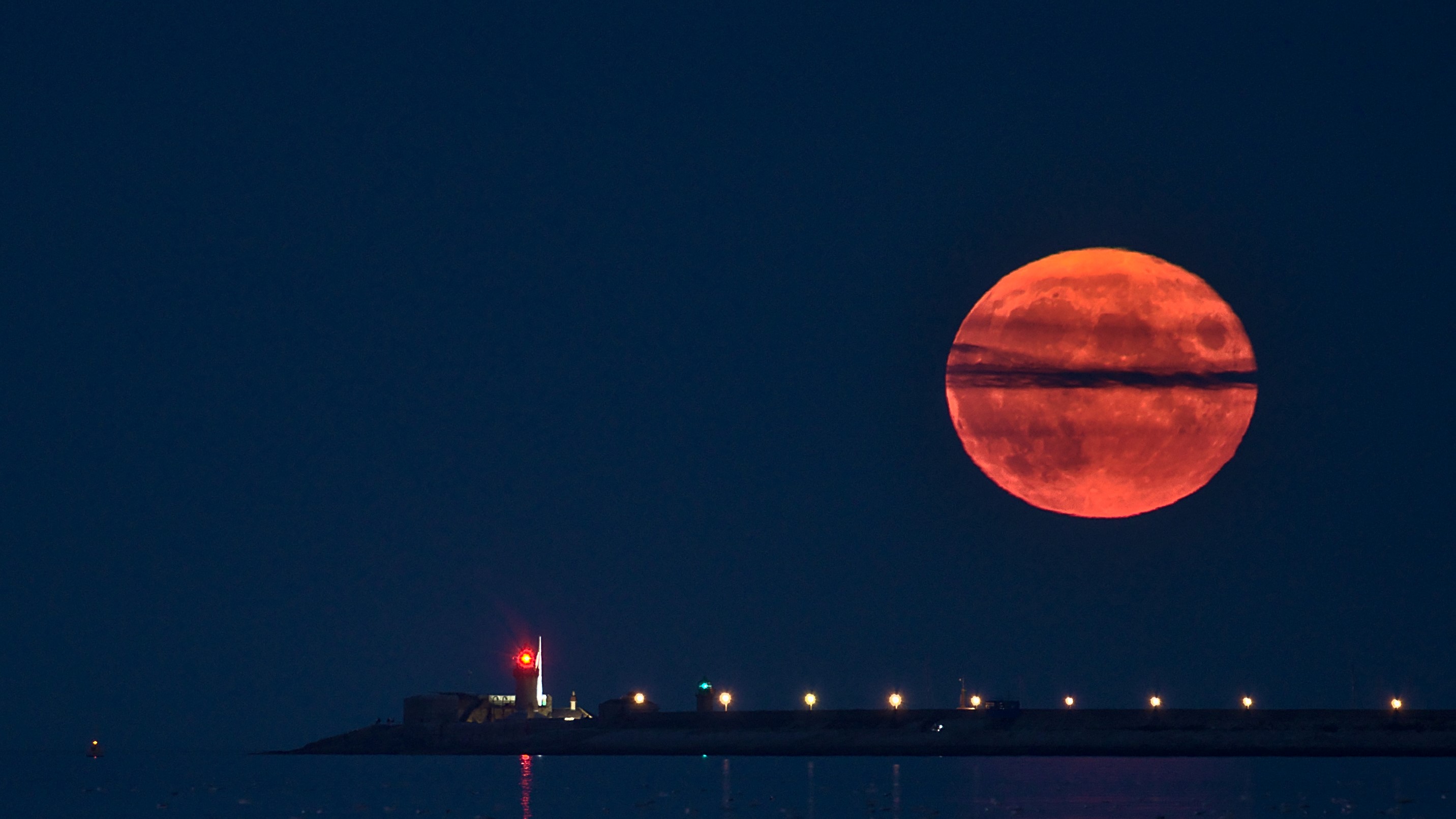
As summer peaks, the night sky prepares to put on a celestial spectacle. The month of August 2023 is no exception. This year, from the awe-inspiring blue moon to a dazzling meteor shower, the sky is set to unfurl a glittering panorama of enchanting phenomena. So, for all, you stargazers and celestial enthusiasts, brace yourselves for a mesmerizing month of astronomical wonders!
The month begins on an enchanting note, with a blue moon lighting the night sky. Despite its name, the blue moon isn’t blue. The term describes the second full moon in a calendar month or the third of four full moons in a season. The expression “once in a blue moon” is associated with rarity.
The last blue moon occurred on August 31, 2022, and this one the only one in 2023 – is set to provide a stunning celestial spectacle. The blue moon’s radiant glow gives a surreal effect against the night sky’s dark backdrop, offering excellent opportunities for night-time photography.
Following the blue moon’s spectacle, the sky will host one of the most popular meteor showers of the year – the Perseid Meteor Shower. The Perseid Meteor Shower will be active from July 17 to August 24, with its peak expected on August 12 and 13 nights. It is named after the constellation Perseus, as that is where the meteors seem to originate from. These meteors comprise the dust and debris left behind by the comet Swift-Tuttle, which orbits the sun every 133 years.
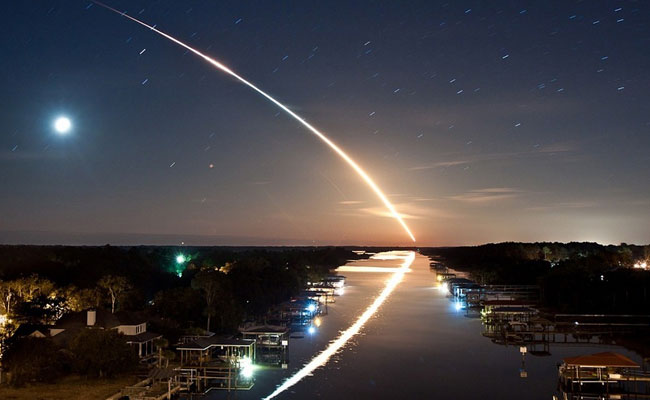)
At its peak, the Perseid Meteor Shower produces up to 100 meteors per hour, each a bright, fast, and colourful spectacle. This year, the shower’s peak coincides with a crescent moon: dark skies and optimal viewing conditions.
Stargazers should be able to see the Perseids from any location in the Northern Hemisphere. All you need to enjoy the show is a dark, open sky and patience. You can see the shower without any equipment like a telescope or binoculars, just using your naked eye.
Tips for Enjoying the Show
Find a dark location: Light pollution can hinder your view of the meteor shower. It’s best to find a spot far from city lights where the sky is clear.
Allow your eyes to adjust: Give your eyes 15 to 20 minutes to adjust to the darkness.
Lie back and look up: Position yourself to look at a vast expanse of the sky. Meteors often appear at random and in different parts of the sky.
Stay patient: Keep in mind that meteor showers are unpredictable. You might see many or a few over several minutes or an hour.
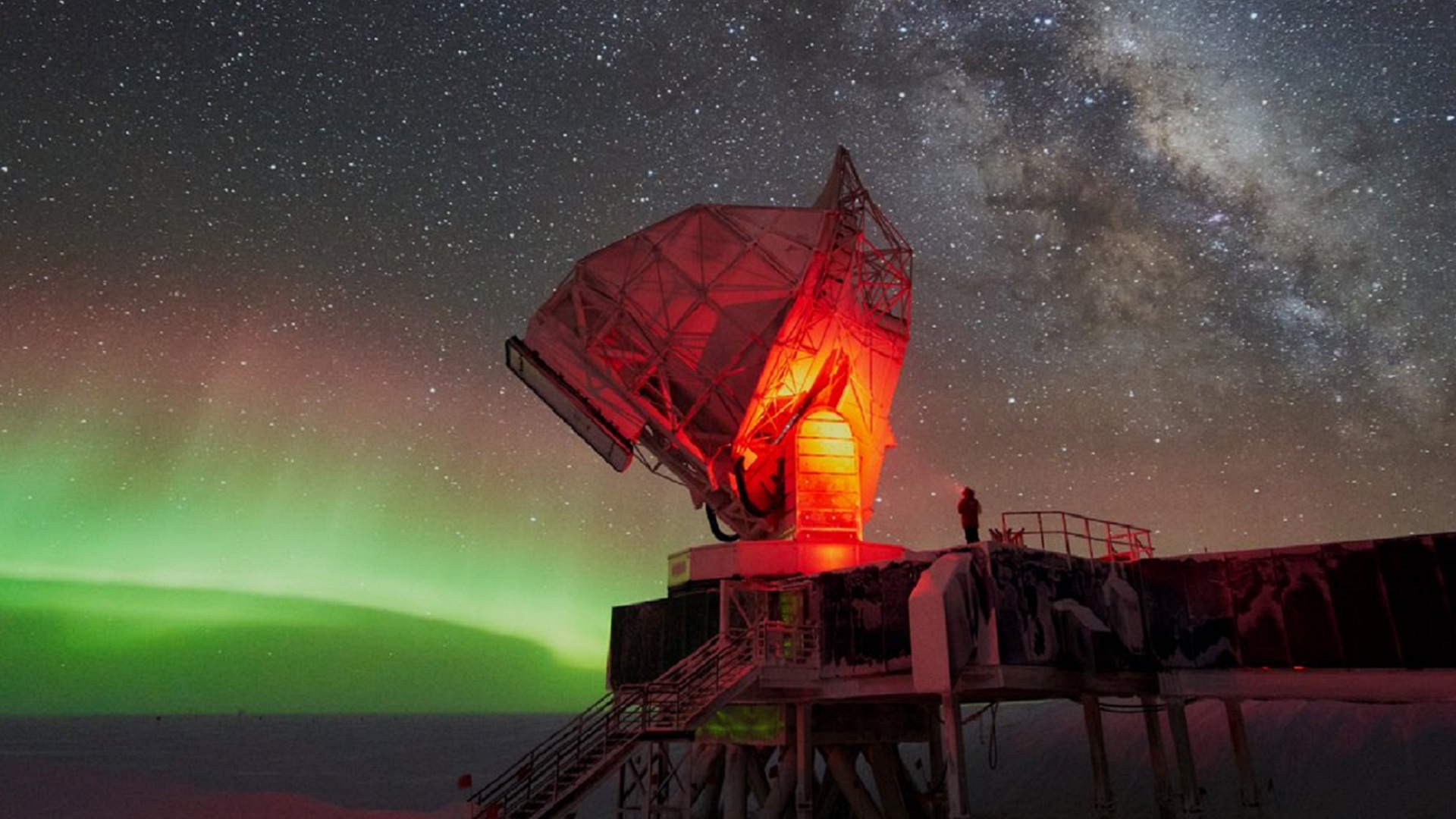
This August, the sky is more than just a ceiling of stars. It is a theatre of celestial events, starting with the blue moon and concluding with the Perseid meteor shower. So, whether you’re a seasoned astronomer or an aspiring stargazer, don’t miss this opportunity to witness the cosmos’ beauty and mystery!




